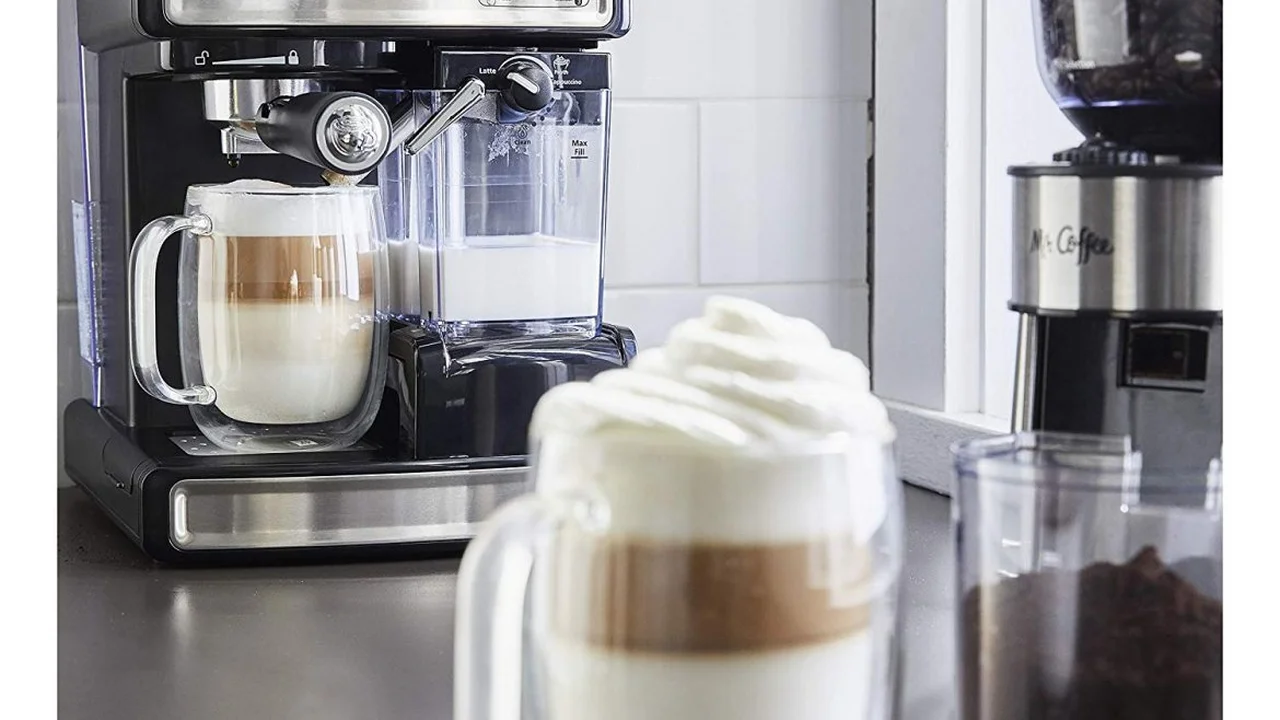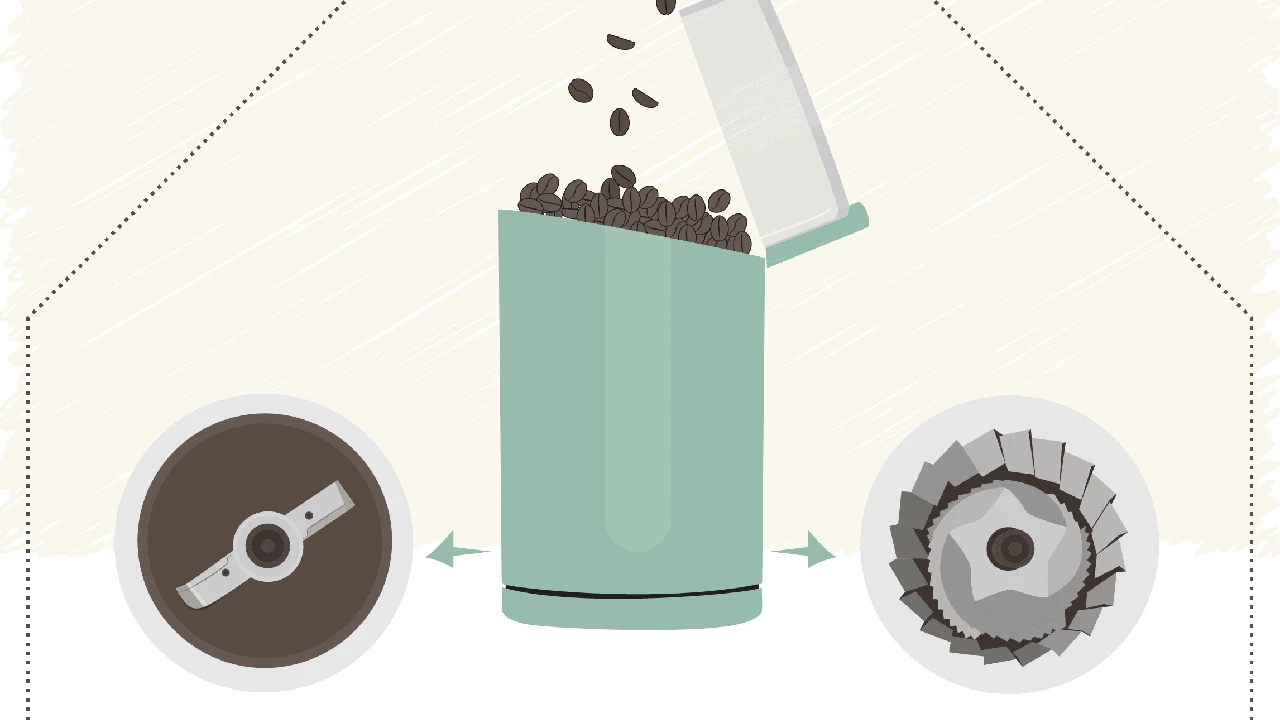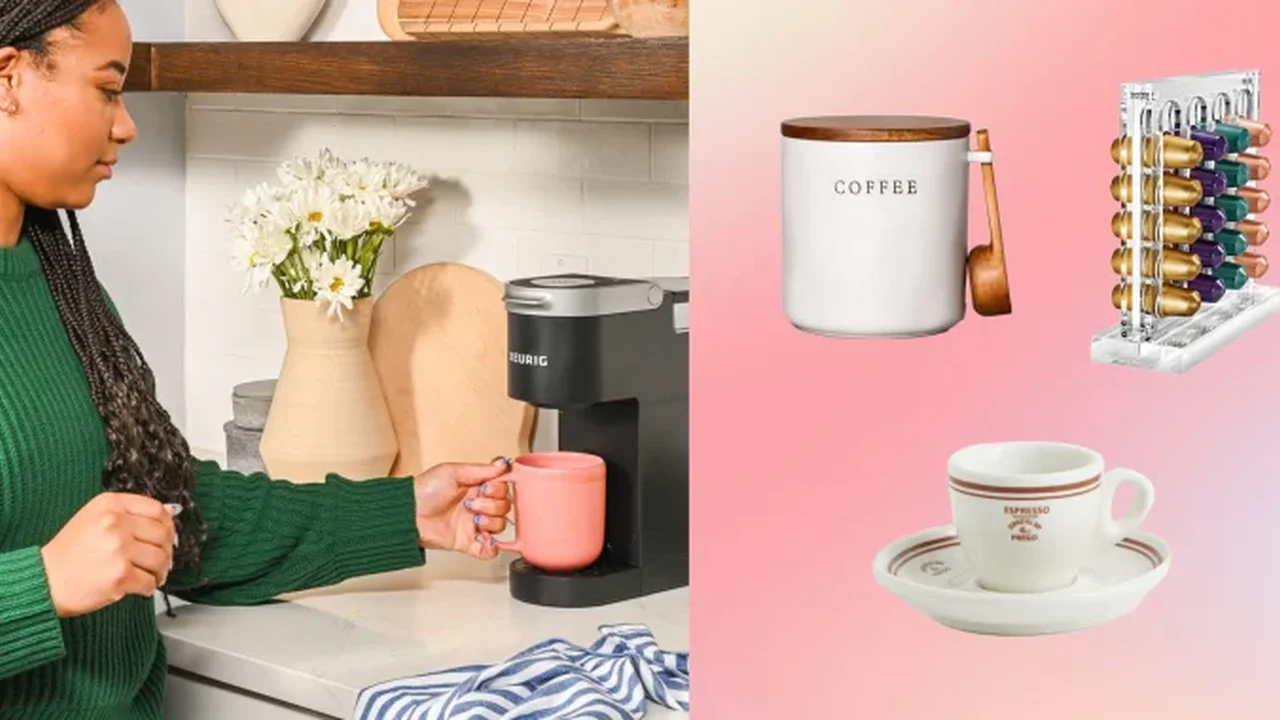Best Espresso Machines for Home Use: A Comprehensive Review

Understanding the Allure of Coffee Pod Machines Convenience and Speed
Let's face it, mornings are hectic. Coffee pod machines promise a quick and easy caffeine fix. They're designed for simplicity: pop in a pod, press a button, and you've got coffee. No grinding, no measuring, no fuss. This convenience is a huge draw for busy individuals, small offices, and anyone who values speed above all else. Think about it – instead of spending 10 minutes preparing a French press, you're sipping coffee in under a minute.
Delving into Coffee Quality Pod Machine Taste and Flavor Profiles
But what about the taste? That's the big question. Generally, coffee brewed from pods doesn't quite reach the same heights as freshly ground beans. The pre-ground coffee in pods can lose its aroma and flavor over time, especially if the pods aren't properly sealed. You might notice a less complex flavor profile, a slightly stale taste, or a lack of the vibrant aromas you'd expect from high-quality coffee beans. However, some pod machines and pod brands are definitely better than others. The quality of the coffee beans used in the pods, the brewing temperature, and the pressure of the machine all play a role in the final result.
Cost Analysis Coffee Pod Machines vs Traditional Brewing Methods
The long-term cost is another crucial factor to consider. While pod machines themselves are often relatively affordable, the cost of the pods adds up quickly. Over time, you'll likely spend significantly more on coffee pods than you would on buying whole beans and grinding them yourself. Let's break it down: a typical pod costs around $0.50 to $1.00. If you drink two cups of coffee a day, that's $365 to $730 per year just on pods. In contrast, a bag of high-quality whole beans might cost $20 and yield around 40 cups of coffee, bringing your annual cost down considerably. So, while the initial investment in a grinder and brewing equipment might be higher, you'll save money in the long run if you switch to traditional brewing methods.
Environmental Impact The Sustainability Challenge of Coffee Pods
Environmental consciousness is increasingly important, and coffee pods present a significant sustainability challenge. Most pods are made from plastic or aluminum, which can take hundreds of years to decompose. The sheer volume of pods discarded each year contributes to landfill waste. While some companies offer recycling programs, the process isn't always straightforward, and many pods end up in the trash. Fortunately, there are more eco-friendly alternatives emerging, such as biodegradable pods and reusable pods that you can fill with your own coffee grounds. Choosing these options can help minimize your environmental footprint.
Exploring Different Types of Coffee Pod Machines A Comprehensive Guide
The world of coffee pod machines is diverse, with various systems and brands vying for your attention. Here's a look at some of the most popular types:
Nespresso Machines The Original Pod System
Nespresso is perhaps the best-known pod machine brand. Their machines use proprietary aluminum pods and are known for their sleek designs and consistent brewing. Nespresso offers a wide range of coffee blends and intensities, allowing you to customize your coffee experience. Some popular Nespresso models include the VertuoLine (which brews both coffee and espresso) and the OriginalLine (which focuses on espresso). Nespresso also has a recycling program for its pods, although it requires some effort on the part of the consumer.
Example: Nespresso Vertuo Next - Offers a range of sizes from espresso to 18oz Alto. Price: ~$150
Pros: Consistent brewing, wide variety of blends, relatively easy to use.
Cons: Proprietary pods (only Nespresso pods can be used), aluminum pods are not biodegradable, can be more expensive than other pod systems.
Keurig Machines The Versatile Pod Option
Keurig is another popular brand, known for its versatility. Keurig machines use K-Cups, which are widely available and compatible with a vast range of coffee brands and flavors. You can even find K-Cups for tea, hot chocolate, and other beverages. Keurig machines are generally more affordable than Nespresso machines, but the coffee quality may not be as consistent. Like Nespresso, Keurig has a recycling program, but it's not as widely adopted.
Example: Keurig K-Elite - Features strong brew option, iced setting, and hot water on demand. Price: ~$170
Pros: Wide variety of K-Cup options, readily available, relatively affordable.
Cons: Coffee quality can be inconsistent, plastic K-Cups are not biodegradable, environmental impact is a concern.
Dolce Gusto Machines The Stylish Pod Performer
Dolce Gusto machines are known for their stylish designs and focus on specialty coffee drinks. They use proprietary pods and offer a range of options, including espresso, cappuccino, latte macchiato, and even iced coffee. Dolce Gusto machines are generally more compact than Nespresso or Keurig machines, making them a good choice for small kitchens. However, the pod selection is more limited, and the pods can be more difficult to find.
Example: Nescafe Dolce Gusto Genio S Touch - Compact design, customizable temperature and size settings. Price: ~$120
Pros: Stylish design, good for specialty coffee drinks, compact size.
Cons: Limited pod selection, proprietary pods, can be more difficult to find pods.
Reusable Coffee Pods The Eco-Friendly Solution
For the environmentally conscious coffee lover, reusable coffee pods are a great option. These pods are designed to be filled with your own coffee grounds, allowing you to use your favorite beans and reduce waste. Reusable pods are available for most popular pod machine systems, including Nespresso, Keurig, and Dolce Gusto. They're typically made from stainless steel or durable plastic and can be washed and reused countless times. While they require a bit more effort than disposable pods, they're a much more sustainable choice.
Example: My K-Cup Universal Reusable Coffee Filter - Compatible with most Keurig K-Cup brewers. Price: ~$15
Pros: Eco-friendly, allows you to use your own coffee beans, cost-effective in the long run.
Cons: Requires more effort than disposable pods, may require some experimentation to find the right grind size.
Choosing the Right Coffee Pod Machine Factors to Consider
Selecting the best coffee pod machine for your needs depends on several factors:
* Budget: Pod machines range in price from around $50 to $300 or more. * Coffee preferences: Do you prefer espresso, coffee, or specialty drinks? * Convenience: How much time are you willing to spend on brewing? * Environmental impact: Are you concerned about sustainability? * Pod availability: How easy is it to find and purchase pods for your chosen system? * Machine size: Do you have limited counter space?Alternative Brewing Methods Exploring Other Coffee Options
If you're not convinced that pod machines are the right choice for you, there are plenty of other brewing methods to consider. Here are a few popular options:
French Press The Classic Immersion Method
The French press is a simple and affordable brewing method that produces a rich, full-bodied cup of coffee. It involves steeping coffee grounds in hot water for a few minutes and then pressing the grounds to the bottom of the carafe. French press coffee is known for its sediment, which some people find adds to the flavor. It requires a bit more effort than pod machines, but it's a great way to enjoy high-quality coffee at home.
Pros: Affordable, produces rich and full-bodied coffee, environmentally friendly.
Cons: Requires more effort than pod machines, can be messy, sediment in the coffee.
Pour-Over The Precise and Controlled Method
Pour-over brewing involves slowly pouring hot water over coffee grounds that are placed in a filter cone. This method allows you to control the brewing process and customize the flavor of your coffee. Pour-over coffee is known for its clean and bright flavor. It requires some practice to master, but it's a rewarding way to brew coffee.
Pros: Allows for precise control over brewing, produces clean and bright coffee, relatively affordable.
Cons: Requires more skill and practice, can be time-consuming.
Drip Coffee Maker The Automated and Convenient Method
Drip coffee makers are a classic and convenient way to brew coffee. They automatically brew coffee by dripping hot water over coffee grounds that are placed in a filter. Drip coffee makers are generally affordable and easy to use, making them a good choice for everyday coffee brewing.
Pros: Affordable, easy to use, automated brewing process.
Cons: Can be inconsistent in coffee quality, may not produce the same flavor as other brewing methods.
Espresso Machine The Professional-Grade Option
Espresso machines are the gold standard for brewing espresso. They use high pressure to force hot water through finely ground coffee, producing a concentrated and flavorful shot of espresso. Espresso machines can be expensive, but they're a worthwhile investment for serious coffee lovers. They require some skill and practice to master, but they can produce cafe-quality espresso at home.
Pros: Produces high-quality espresso, allows for a wide range of coffee drinks, professional-grade results.
Cons: Expensive, requires skill and practice, can be time-consuming.
Making an Informed Decision Finding Your Perfect Cup of Coffee
Ultimately, the best way to decide whether or not a coffee pod machine is right for you is to weigh the pros and cons and consider your own needs and preferences. If convenience and speed are your top priorities, a pod machine might be a good choice. However, if you're looking for the highest quality coffee and are concerned about cost and environmental impact, you might be better off with a traditional brewing method.
:max_bytes(150000):strip_icc()/277019-baked-pork-chops-with-cream-of-mushroom-soup-DDMFS-beauty-4x3-BG-7505-5762b731cf30447d9cbbbbbf387beafa.jpg)






